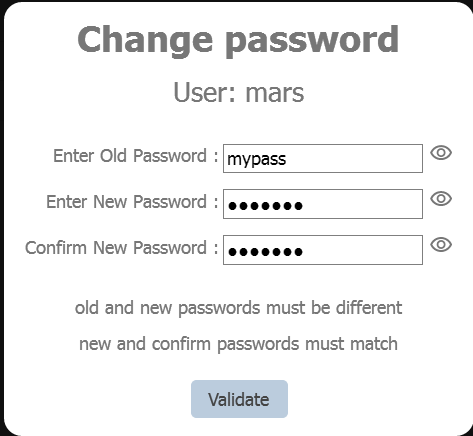enfin un peu de travail avec un compatriote

j'ai regardé ce qu'était ce NEST HUB pour pas poser des questions idiotes

tu pourrais faire un schéma du cablage avec tes différents appareils connectés box, cpl, nest, et ordi (pas les autres) en les liant avec des lignes en indiquant aussi les ip à chaque point de jonctions
ton reseau box est en dhcp 192.198.1.x donc le NEST prend aussi une ip similaire lorsque qu'il es connecté à la box ( le mieux est de lui affecter une ip statique ou un bail statique avec son adresse mac dans la config de la box,
mais est-ce que le hub fournit aussi un dhcp pour les appareils qui se connectents dessus?? il ne faut pas dans ce cas que l'ip soit du meme type que la box mais par exemple en 192.168.2.x
voir la configuration du hub en mode pont
https://support.google.com/googlenest/answer/6240987?hl=frensuite sur la config du nest établir des routages avec les mêmes ports en entrée et sortie du NEST
https://support.google.com/googlenest/answer/6274503?hl=frje conseille toujours de mettre le PC sur lequel est le serveur avec une ip fixe V4
desactiver l'utilisation de l'IP V6 pour maitriser la chaine de test
dans la situation précédente le pc sera en 192.168.2.x masque 255.255.255.0 , les dns 192.168.2.1 et 192.168.1.1 dans cet ordre
en cas de pc equipé à la fois en rj45 et wifi , il est possible de tester en wifi direct sur la box ou en rj45 par le hub en choisissant bien sur l'ip en fonction du point de connexion
pour tester l'acces à hfs il faut utiliser une tablette ou pc relié direct à la box et utiliser l'url
http://pc-HFS:port/ pour controler que la regle nat du hub est bonne
tu dis que t'utilise le cable du pc pour alimenter le hub, le cable va du hub direct à la box ou branché sur le cpl, s'il reste un port rj45 de libre sur la box te manque-til simplement un cable pour y brancher ton pc?
autre solution , l'utilisation d'un petit switch 10/100/1000 sur le cable venant de la box et y brancher le hub et le pc en rj45
d'ou la necessité d'un bon shéma explicatif

à lire aussi
https://support.google.com/googlenest/thread/23987591?hl=fr







